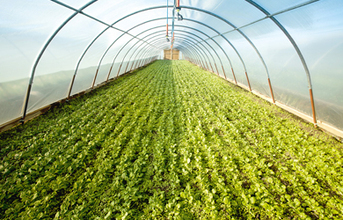
The global UV radiation mapping tool developed with the German Space Agency DLR will enable BASF to improve the lifetime prediction of plastics in a given environment and thus to reduce the risk of failures by anticipating climatic conditions.Courtesy: BASF
Variety of influencing factors
Using satellite and ground station measurements to create a dynamic UV radiation specific modeling tool, DLR and NASA can calculate how much solar UV radiation reaches the ground. Several factors play a role here: the time of day, the time of year and the geographic location.
They also must take into consideration the spatial and temporal distribution of clouds, atmospheric ozone, snow and ice as well as terrain. All these help to determine more accurately the local UV intensity and UV radiation flux density. The accuracy of the new global UV radiation mapping tool ensures resolution down to a city level, revealing previously unknown microclimates of elevated UV radiation.
"Information about the distribution and level of UV radiation is of great importance to BASF - it is used for the development of new plastic additives and we take this into consideration when recommending a light stabilizer," explained Volker Bach. "The benefit to producers of plastic products is better lifetime prediction and cost savings, from longer-lasting plastics used in outdoor applications."
The full global UV radiation mapping database from DLR is currently available to BASF only.


























